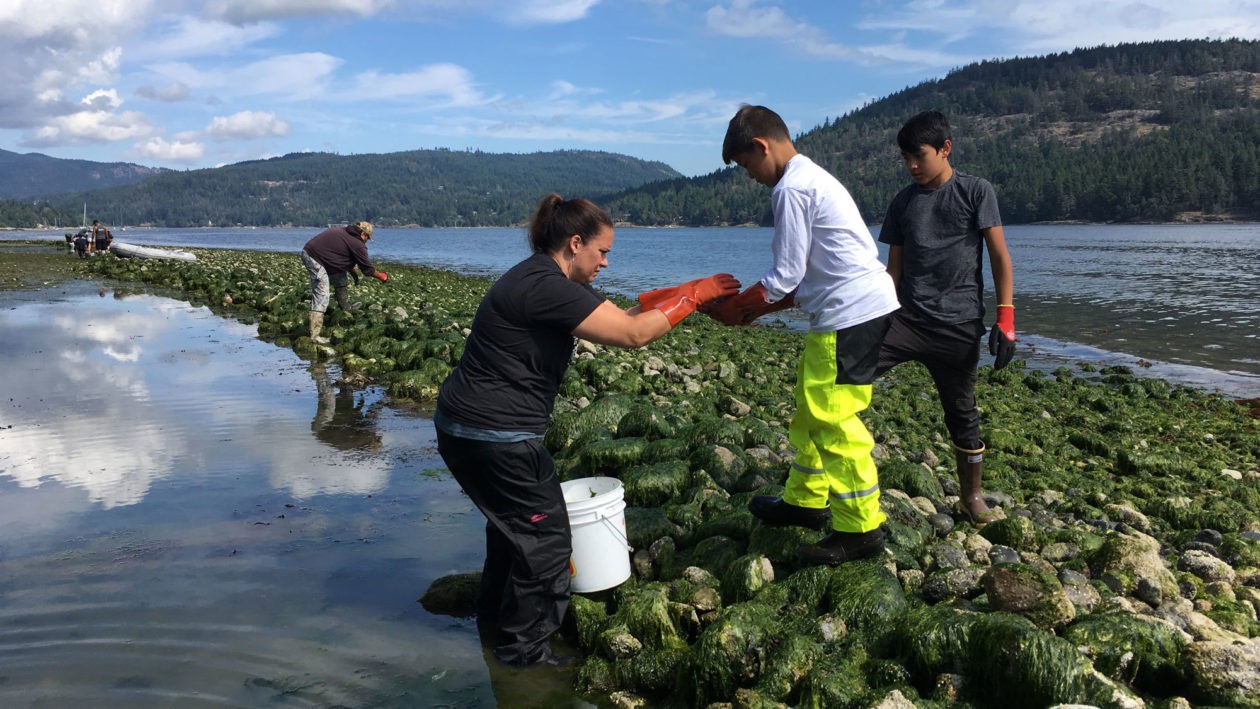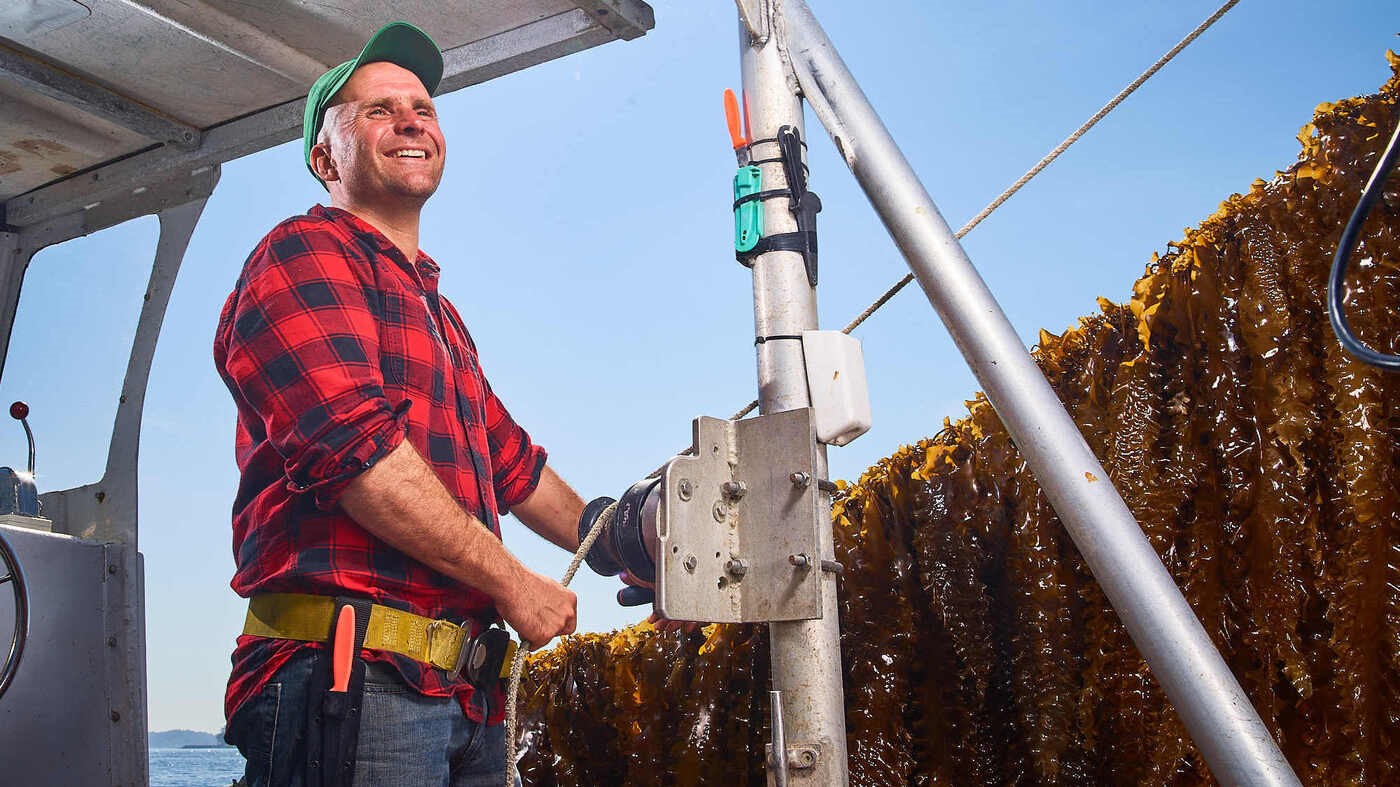An Environmentalist’s Case for Oysters
For the average person, oysters connote swanky seaside restaurants with unconscionable prices and snobby patronage. But these industrious bivalves are actually one of the most deliciously sustainable proteins on Earth. As the world scrutinizes its food systems and strives for more equitable, nutritious, and renewable foodways, regeneratively farmed oysters are poised to appear on our plates.
The benefits of regenerative shellfish farming are myriad. Each oyster can filter as much as 200 litres of water daily. This in turn reduces marine nitrogen levels, curtails ocean acidification, and prevents toxic algae blooms that smother other vital species such as seabirds, dolphins, and manatees.

Oysters don’t require conventional fishing practices like bottom trawling or netting. Instead, oysters can naturally thrive in “off-bottom” cages that float harmlessly on the ocean’s surface. When strategically situated, oyster beds serve as an organic barrier against rising tides. They help restore shorelines by providing a habitat for numerous species, improving the health of waterways, and mitigating flood risk.
Even better, oysters sequester a tremendous amount of carbon as their shells grow. These shells can be re-seeded endlessly so the carbon is theoretically never re-released into the atmosphere. Best of all, oysters require no input: no freshwater, no fertilizer, and no feed.
According to Bren Smith, co-founder of regenerative aquaculture non-profit GreenWave, oysters are an inherently sustainable food with massive potential for future food systems. “It’s hard to do evil with an oyster. Oysters avoid the whole industrial revolution of fertilizers and pesticides,” says Smith, “The whole concept of organic is inapplicable. Oysters are a ‘Get Out of Jail Free Card.’”
In Smith’s estimation, humans are trying too hard to adapt inherently unsustainable foods and make them viable. “We’re not looking for lower impact or to make problematic types of food better—think beef, corn, or soy—but actually growing crops that are bringing life back into our ecosystems while we’re feeding people. Aquaculture is really at an inflection point where we need to decide are we going to grow things around what markets want or do we really want to ask the ocean what does it make sense to grow and then shape our ocean agriculture around that?”
It’s important to mention that regenerative shellfish aquaculture is nothing new. Salish tribes in the Pacific Northwest have built clam walls for well over 3,000 years. One of those tribes, the Swinomish, wants to revitalize these practices with the Swinomish Shellfish Company. They see oysters as an instrumental piece of the “first foods” movement. The company incorporates oysters into pre-existing eelgrass beds, which offer protection for juvenile salmon and Dungeness crab—both traditional provisions for the Swinomish.

Smith recognizes the significance of these Indigenous traditions. GreenWave implements practices like “overproducing and under-harvesting” in order to maintain overall ecosystem health. “Who farms matters. Who’s going to grow the food of the future is really important. Addressing the climate crisis is about both drawing down carbon and also lifting up communities at the same time,” he says.
While Smith is a proponent for oysters, he also sees these supernatural shellfish as the beginning of a larger movement. “Oysters are a great gateway drug into this whole realm of regenerative aquaculture. There are hundreds of types of shellfish, there are thousands of types of seaweed and sea vegetables and it’s really important that as we grow this industry, we mimic Mother Nature. Mother Nature abhors monoculture and loves polyculture. The goal is not a 1,000-acre oyster farm but rather polyculture farms growing a mixture of shellfish, seaweeds, scallops, mussels, and clams because all together, that’s what’s going to create climate resiliency so there’s a crop for all seasons.”
Our current approach to seafood won’t change overnight but with conscientious agriculture, intentional consumer choices, and perhaps a few Oysters Rockefeller, a cleaner, healthier, more regenerative food system is possible.




